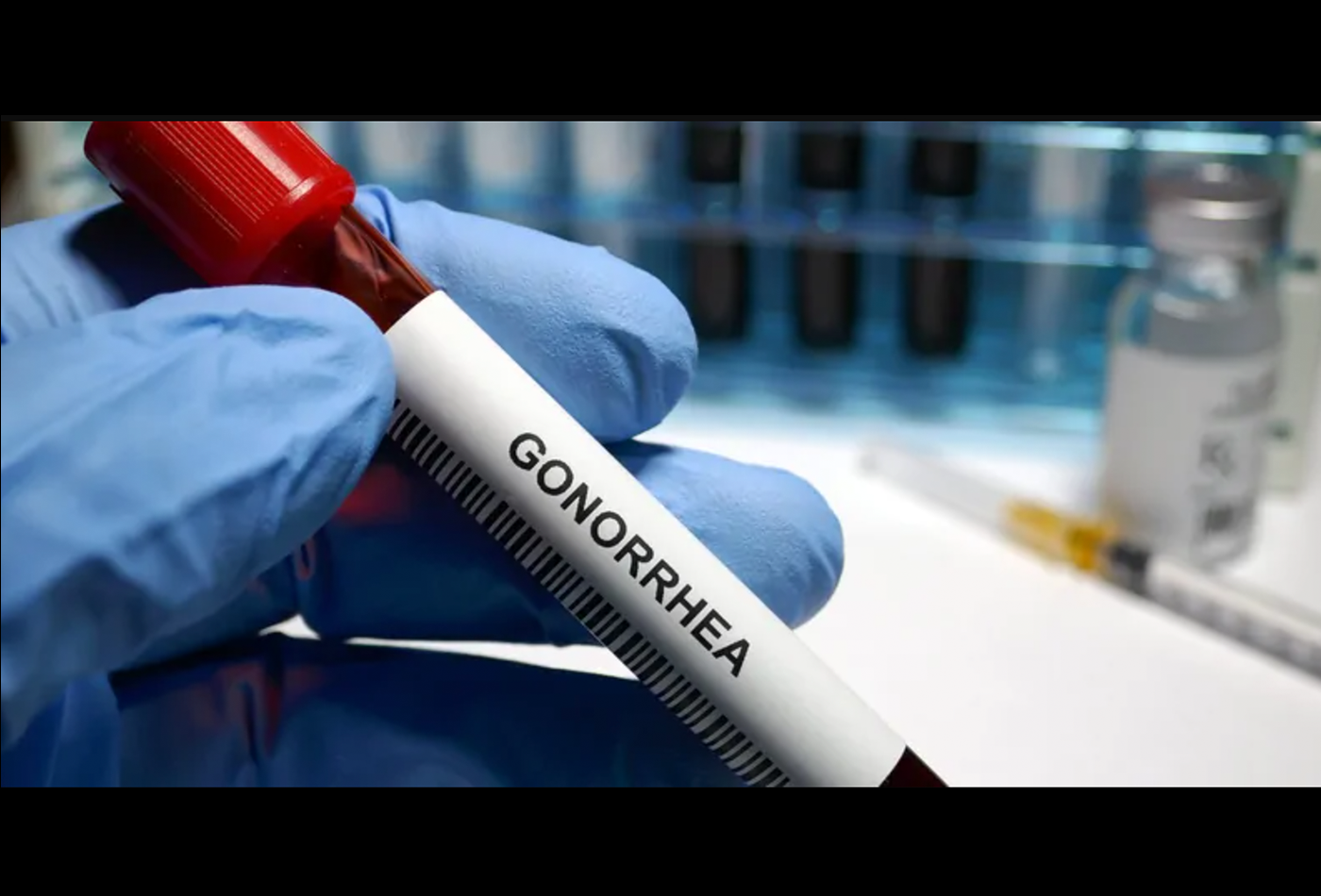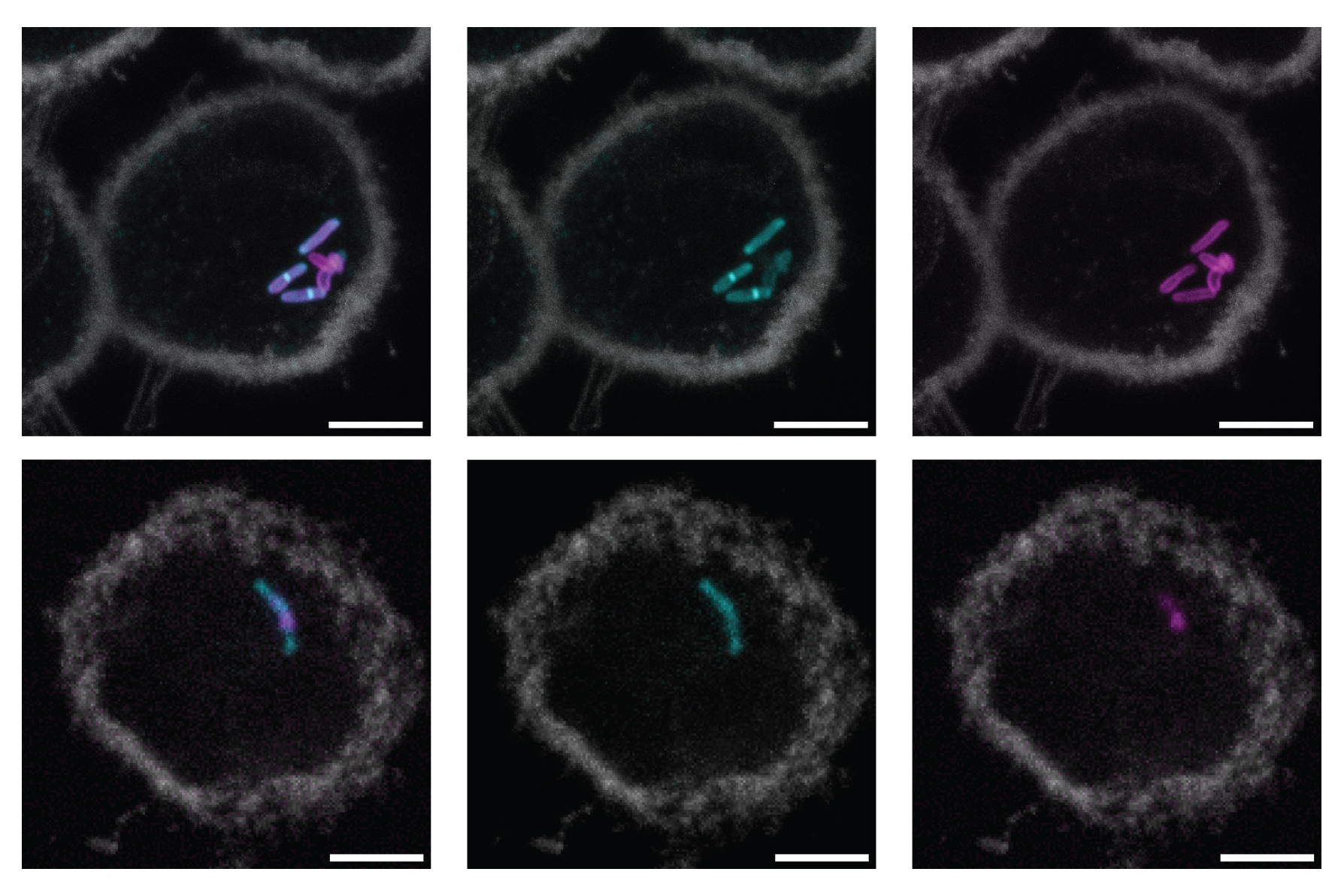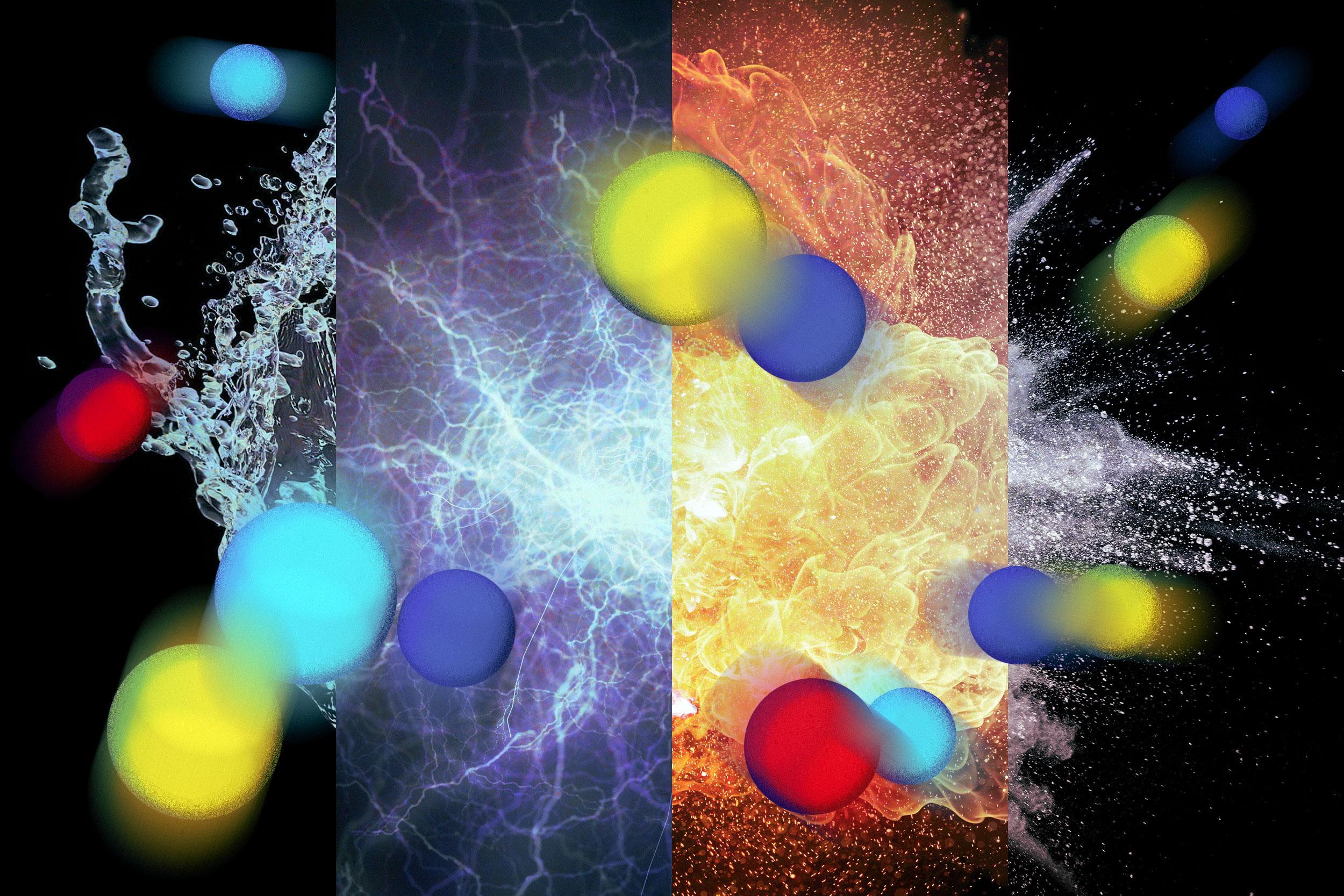Drug-resistant gonorrhea is no match for a new class of antibiotics
New inhibitors specific for gonorrhea enzymes may pave the way to treating multi-drug resistant infections.
The following is an article originally featured in Drug Discovery News.
In 2020, Neisseria gonorrhoeae infected more than 82 million adults globally, with greater than 90% of infections occurring in low- and middle-income countries. Untreated gonorrhea is a major health threat associated with pelvic inflammatory disease, infertility, and increased risk for HIV transmission. Infections are treatable, but the rise of multidrug-resistant (MDR) strains are threatening current treatment options (1).
In a recent study published in eLife, researchers at PTC Therapeutics and the Massachusetts Institute of Technology (MIT) reported the discovery of two compounds, PTC-847 and PTC-672, that target N. gonorrhoeae and its MDR isolates, but not other bacteria (2). These new inhibitors have the potential to become single pathogen specific antibiotics for gonorrhea.

The scientists discovered that PTC-847 and PTC-672 inhibit N. gonorrhoeae DNA synthesis by targeting the bacteria’s class Ia ribonucleotide reductase (RNR) enzyme. RNRs are enzymes found in all organisms that play an essential role in maintaining DNA replication, DNA repair, and genome stability by catalyzing the conversion of ribonucleotides to deoxynucleotides.
PTC-672 fully cleared antibiotic-susceptible and MDR N. gonorrhoeae using a single oral dose in vaginally infected mice. Both PTC-847 and PTC-672 were specific for N. gonorrhoeae and its MDR isolates and did not affect a panel of pathogens or bacteria known to live in the gut microbiome. The inhibitors likely are not effective against other microorganisms because they have additional classes of RNRs that can compensate, while N. gonorrhoeae only has one.
“It’s exciting to see a potential drug target that really doesn’t seem to impact the endogenous microbiomes of individuals,” said Jennifer Surtees, an RNR biochemist at the University at Buffalo who was not involved in the study.
“[Traditional antibiotics] knock out whatever infection you have, but they also affect your own microbiome in your gut, which is why people get upset stomachs,” said Surtees. “This potential target seems to avoid doing that, at least to some extent.”
Class Ia RNRs contain two types of subunits: α subunits and β subunits. In its active form, the two α subunits and two β subunits that form the RNR are held together tightly, like two clasped hands. This allows the α and β subunits to work together to convert ribonucleotides into deoxynucleotides.
Study author Catherine Drennan from MIT previously discovered that when Escherichia coli class Ia RNRs are in the presence of deoxyadenosine triphosphate (dATP), the enzyme forms a stretched out ring-like shape, which stops it from completing catalysis (3). dATP is “holding [the RNR] at arm’s length until it’s ready to do chemistry again,” said Drennan. “That’s beautiful and elegant and simple, but I never in a million years would have guessed that that’s what happens.”
Drennan and her graduate student Talya Levitz, who studies the structural biology of enzymes, wondered if the gonorrheal RNR could be inhibited in the same way, so they used electron microscopy (EM) to take a snapshot. When they added dATP to the gonorrheal RNR, it formed a ring similar to the one seen in E. coli. When they added PTC-672 or PTC-847 in the presence of dATP, they found that the combination led to a heightened inhibition of the RNR, suggesting that the inhibitors work by stabilizing the RNR in its dATP-inhibited state.
Bacterial RNRs are often structurally similar to human RNRs, so past attempts to inhibit bacterial RNRs have proved unsuccessful due to unwanted and dangerous side effects. Since PTC-847 and PTC-672 are specific for N. gonorrhea RNRs, they would likely be safer treatments for N. gonorrhea infections.
While stabilizing the RNR in a dATP-inhibited state is one way these compounds inhibit N. gonorrhea RNRs, it is likely not the only way. For example, PTC-672 inhibited a mutated form of RNR that could not form rings. The researchers are investigating the precise mechanism these compounds use to inhibit RNRs.
Drennan and Levitz are now targeting RNRs in pathogens in the Enterococci genus, which can cause urinary tract infections, bacteremia, endocarditis, and meningitis.
“It was really exciting to be part of a project where we could apply our structural biology knowledge and other people could use their drug development and biological expertise to generate a story that went from the biochemistry and structural biology all the way to further along drug development,” said Levitz.





